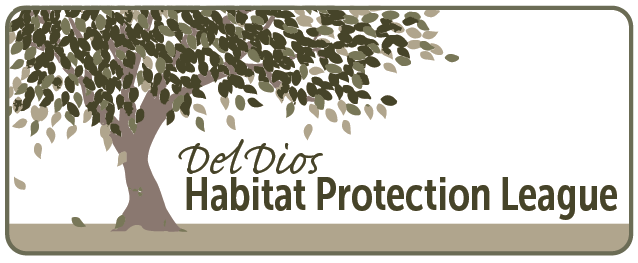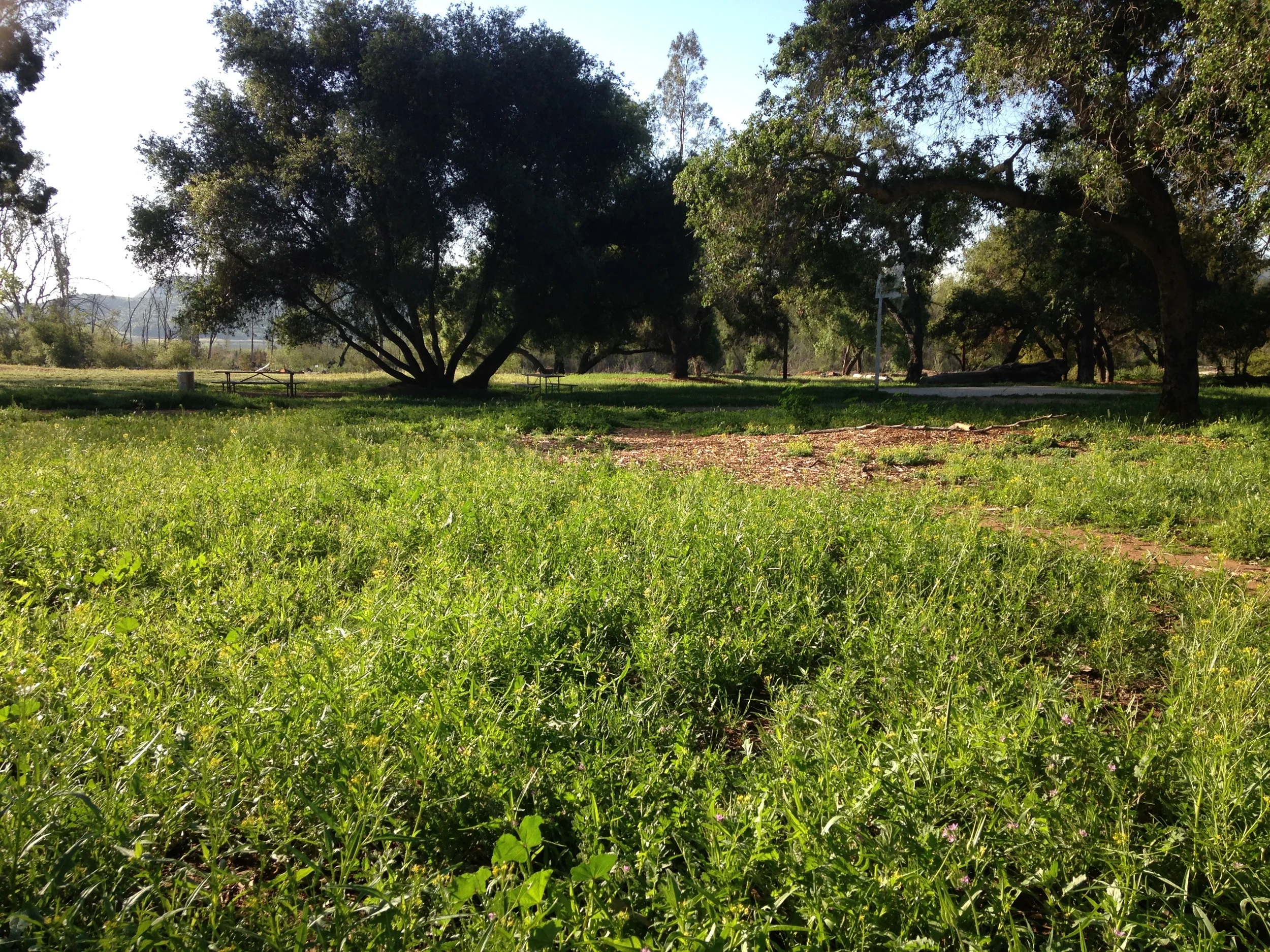GSOB has now been found in Del Dios Park, on Laurel, Kalmia, and Juniper Lanes. It is also on Mount Israel near Detwieler Road. We can assume in the next several years our large Coast Live Oak trees will see GSOB. The adult beetles emerge from mid-May through August, so presence of the beetle in healthy trees may not be detectable yet.
Residents and the City of San Diego are being urged by the Del Dios Habitat Protection League to protect high value oaks from this deadly invasive beetle. We are putting together a community plan to treat trees together to reduce the individual tree cost.
We are asking for people who are interested in being part of the solution to step up and contact Stacy McCline stacy@DDHPL.org right away.
The gold spotted oak borer is a tiny beetle causing huge damage in Southern California. It infests the region's towering oak species - coast live oak and canyon live oak - and can kill a centuries-old tree in just a year or two.





